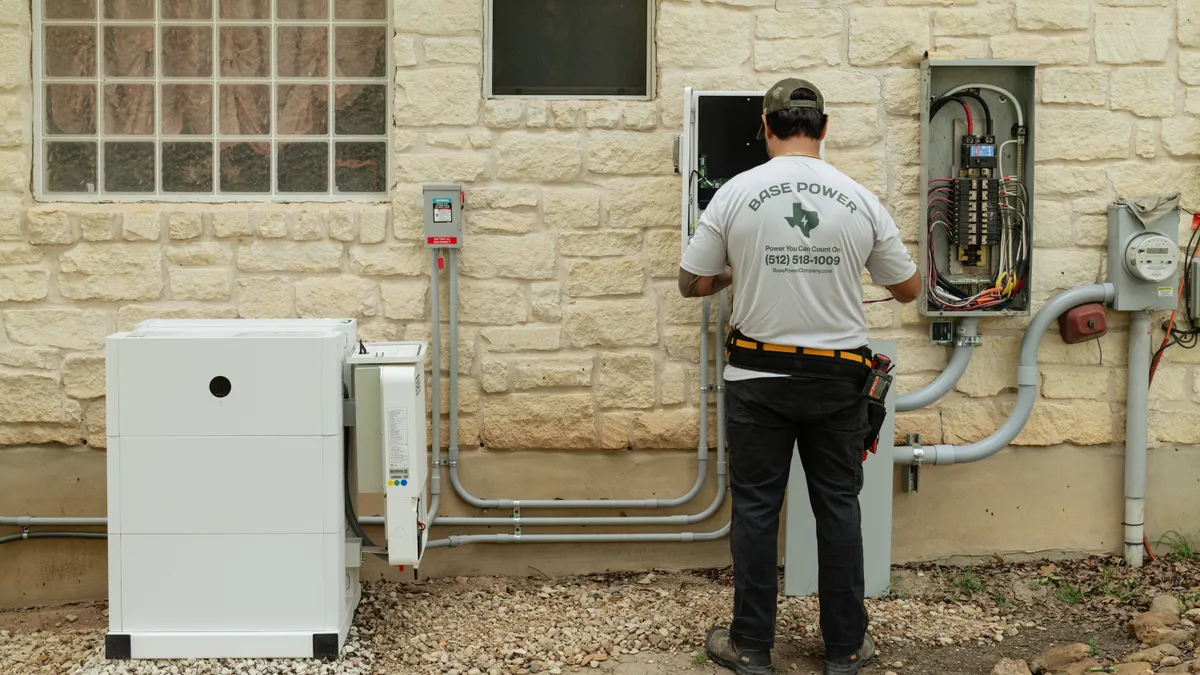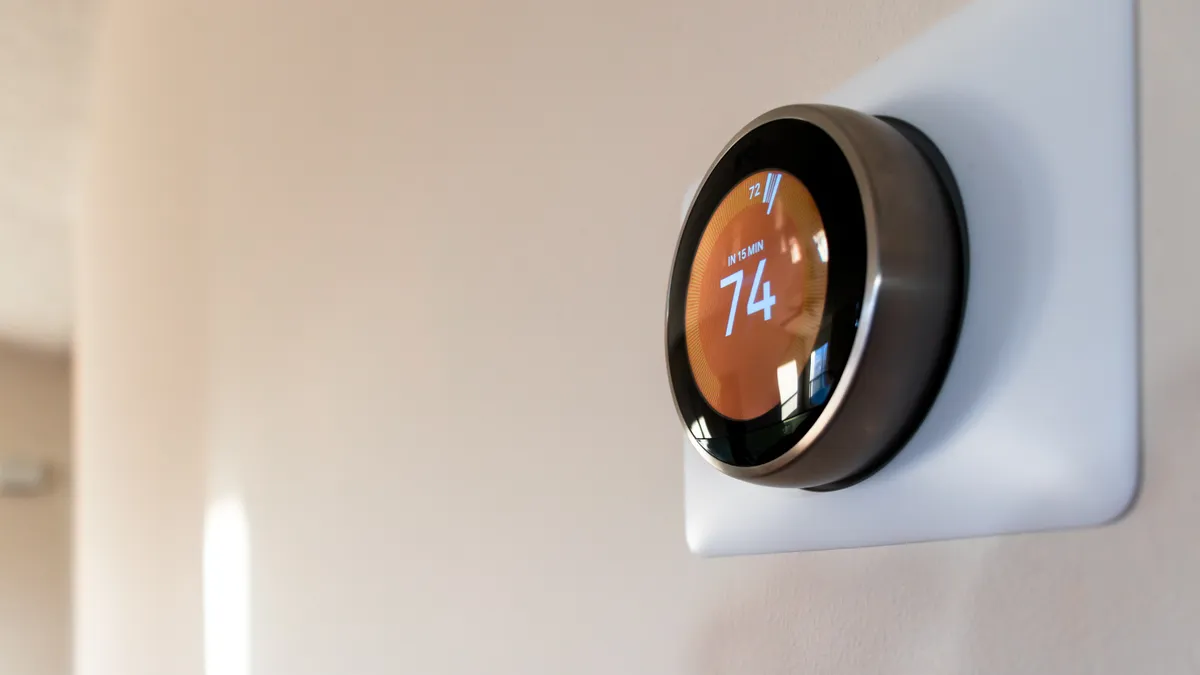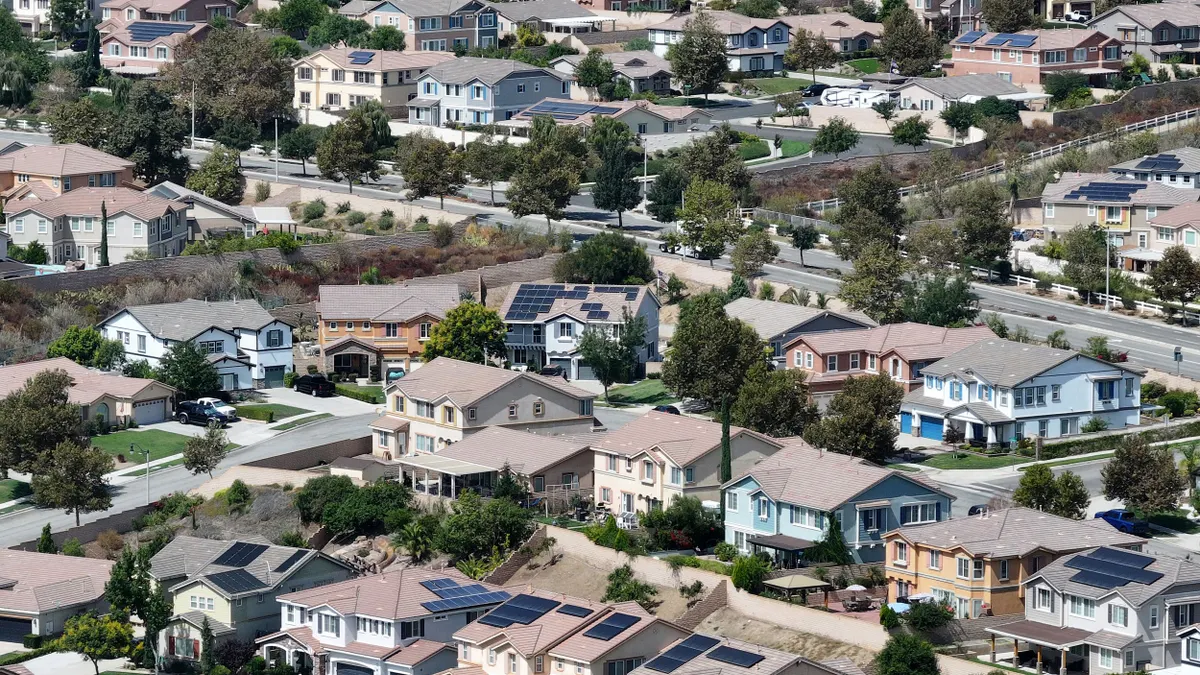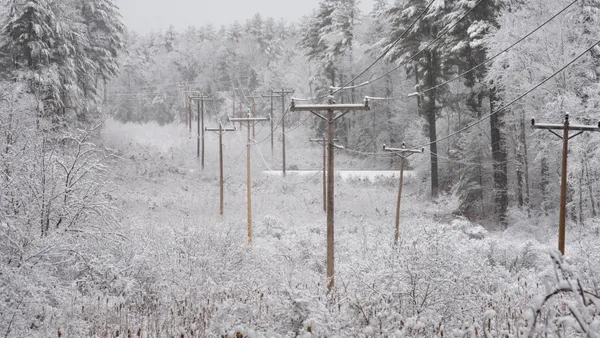The days of fast-growing electricity demand in the U.S. have long seemed to be drawing to a close. The healthy growth rate of U.S. electricity sales really lost its luster when the recession hit, but it was a long time coming.
The traditional utility business model tied revenue to kilowatt-hour sales in order to incentivize utilities to build out their networks and provide universal access to electricity. But by the start of the 21st century, U.S. utilities had largely built out the transmission and distribution infrastructure needed to bring power to even the furthest reaches of the country.
The issue of stagnant or even declining electricity demand growth — and its impact on the utility business model — has only been exacerbated by the expansion of policy initiatives promoting greater energy efficiency and the emergence of technologies that optimize the use of electricity at the home and on the grid.
But, with several utilities recently reporting higher-than-expected sales figures on the back of a resurgent economy, could electric sales growth be making a comeback?
Utilities see healthy sales growth
Slow but steady improvements in the economy have boosted electric sales at several investor-owned utilities, helping dampen a mild-weathered spring's impact on these companies' quarterly earnings. And while companies are reticent to tout any impacts too broadly — or predict just how long the trend will continue — the effects are being felt.
"We continue to be encouraged by broad trends in the economy such as higher median household income levels, low unemployment rates and new customer additions," said Steve Young, chief financial officer for Duke Energy, during the company's earnings call.
Duke Energy, which serves 7.2 million customers across six states in the Midwest and Southeast, saw its weather-normalized sales grow 1.6% in the last year — a trend that helped the utility boost third quarter earnings by 80% over the same period last year. The utility cited several reasons for the boost in income — revised customer's rates, growth in the regulated wholesale business and higher capacity prices in the PJM Interconnection. But Young took special note of the impact of the economy.
"We evaluate the economic growth of our service territories of the longer term periods; on a rolling 12-month basis, weather-normal retail customer load was 1.6% higher," Young said. "We remained confident in our longer term growth expectation of around 1%. Economic activity is expected to continue expanding over the remainder of the year. In fact, consensus estimates expect GDP growth to be around 3% in the second half of 2014."
"Employment activity in the states we served continues to improve with unemployment percentages at or below the U.S. average in four of the six states we serve," he added.
Xcel Energy, whose service territories are further out in the West, noted that year-to-date weather-adjusted electric sales have grown 1.7%, in part because the utility operates in areas of the country which are economically robust.
It was "the third quarter in a row in which weather adjusted sales have exceeded expectations," CEO Ben Fowke noted during an earnings call.
Economic conditions are "generally stronger across the Xcel Energy region compared with the nation as a whole," explained Teresa Madden, Xcel Energy's senior vice president and CFO. "The consolidated unemployment rate in our service territory of 4.8% remains well below the national average of 6.3%. In addition, the number of the jobs in the Xcel Energy region grew 2.3% for the quarter, compared with 1.8% for the nation."
But Madden balked at calling the higher sales a trend and said the company expects growth to taper.
"While we are encouraged by the better than expected sales it is still too early to declare this a trend," she said. "We continue to project weather adjusted sales growth of about 1% for 2014, which is below the 1.7% growth we have experienced year-to-date."
Economic recovery drives sales boost
Other utilities in other regions have experienced similar upticks in their electric sales numbers.
For Public Service Electric & Gas, which operates in New Jersey, the "slowly improving economy" has led to a growth in weather-normalized sales. "The service area continues to experience a slow improvement in underlying economic conditions," Executive Vice President and CFO Caroline Dorsa said in the company's earnings call.
Weather-normalized data for the first half of the year showed a 1.6% electric sales increase. "Demand from residential customers grew in line with customer growth of about 0.5% as demand from the commercial and industrial sectors improved by 2.1% and 1.7% respectively over the 6-month period," she said.
Meanwhile, in Wisconsin, the unemployment rate in June declined to 5.7% and remains under the national average. This drove an increase in electric sales to commercial and industrial customers in Wisconsin Energy's service territory.
"The unemployment rate in Wisconsin is now the lowest it’s been since 2008," Gale Klappa, chairman and CEO of Wisconsin Electric Power Co., told analysts. Against that broader economic backdrop, "deliveries of electricity to our large commercial and industrial customers, excluding the iron ore mines, rose by 2.1% in the second quarter."
Is healthy sales growth a trend?
Although the economic recovery is having a positive impact on some utilities' sales, it is not yet clear whether the uptick is being felt nationwide and at exactly what rate. Utilities typically need to sustain a 1% annual growth rate for electricity demand in order to keep their businesses afloat, according to Steven Piper, an analyst with SNL Energy.
The U.S. Energy Information Administration (EIA) predicts the growth of electricity demand will fall just under that number at a 0.9% annual growth rate through 2040.
Certain regions — such as the Rocky Mountains, New Mexico and Arizona — are projected to experience above-average load growth at a 1.3% annual rate while others — such as New York and New England — are expected to have load growth at 0.3% annually or below, according to the EIA.
If the EIA's prediction holds true — and electric sales growth isn't returning to "normal" — then utilities and their regulators will need to rethink the business and regulatory models that got them here.
Several utility leaders have posited that utilities should leave the traditional utility business model behind and make energy efficiency a core part of their businesses.
The future of the utility business lies in optimizing the use of electricity for every customer, PSEG CEO Ralph Izzo told Utility Dive in a recent interview. “I would like to see the utilities regulated in such a way that they are indifferent at least and encouraged at best to invest in energy efficiency.”
So, is healthy electric sales growth back? Maybe. But are utilities willing to bet their business on it?





















